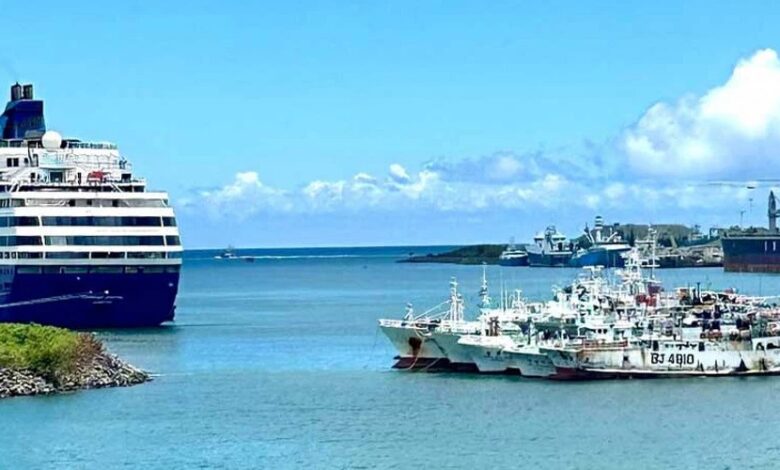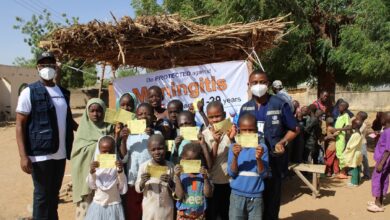
The waterfront of Port Louis, the capital city of Mauritius, showing the tourist side of the island (with the cruise ship) and the harbor area which deals with imports and exports of goods. Photo Credit: Vinaya Swaroop / World Bank
Society MauritiusImpressive Economic Growth for This Little Island
By diversifying its economy, the small island nation of Mauritius transformed itself from a low-income, mono-crop agriculture-based country to an upper-middle-income country, even solidifying its place as a regional leader thanks to its political stability.
In the 1960s, Mauritius had a per capita income of $260 from a mono-crop agriculture-based economy. Today, its per capita income exceeds $10,000, making it an upper-middle-income country with a diversified production base that includes tourism, textile and apparel, and fisheries.
The small country – as of 2023, Mauritius had a population of 1.3 million – is located some 800 km east of Madagascar in the Indian Ocean. When it gained independence from Great Britain in 1968, Mauritius’s agriculture sector was dominated by sugarcane production, accounting for 22% of its Gross Domestic Product. Its sustained diversification journey started with a consensus to leverage sugar production taxes and invest them in human capital and social programs. To that effect, Mauritius’s net primary school enrollment reached 96% in 2007, compared to 74% for Sub-Saharan Africa. The country was on a quest for higher economic growth, with macroeconomic and political stability helping the private sector flourish and a strong public-private dialogue between the private sector and authorities reinforcing reforms deployed to attract more investments. As an enduring democracy – the country has been a republic since 1992 – Mauritius ranked first among the 54 African nations in the 2021 Ibrahim Index of African Governance.



